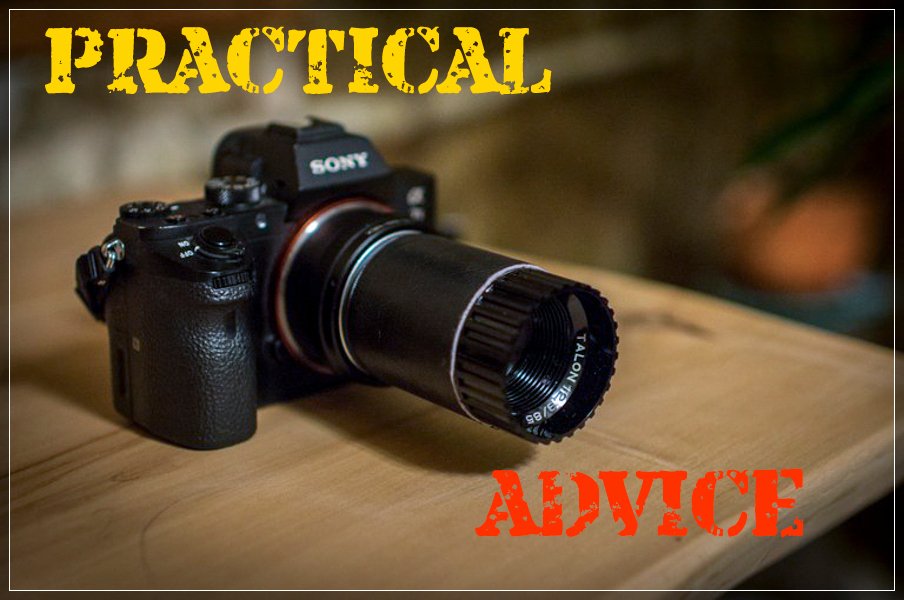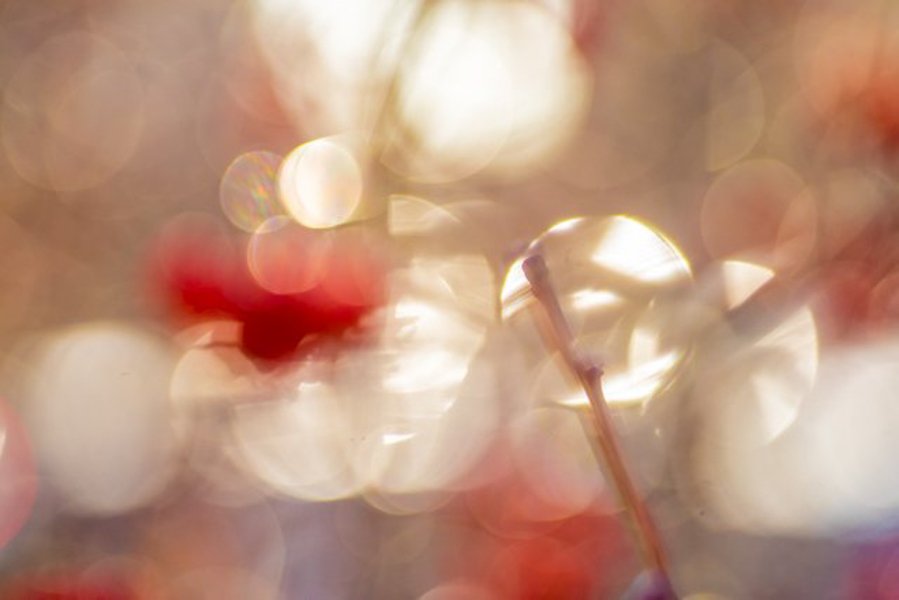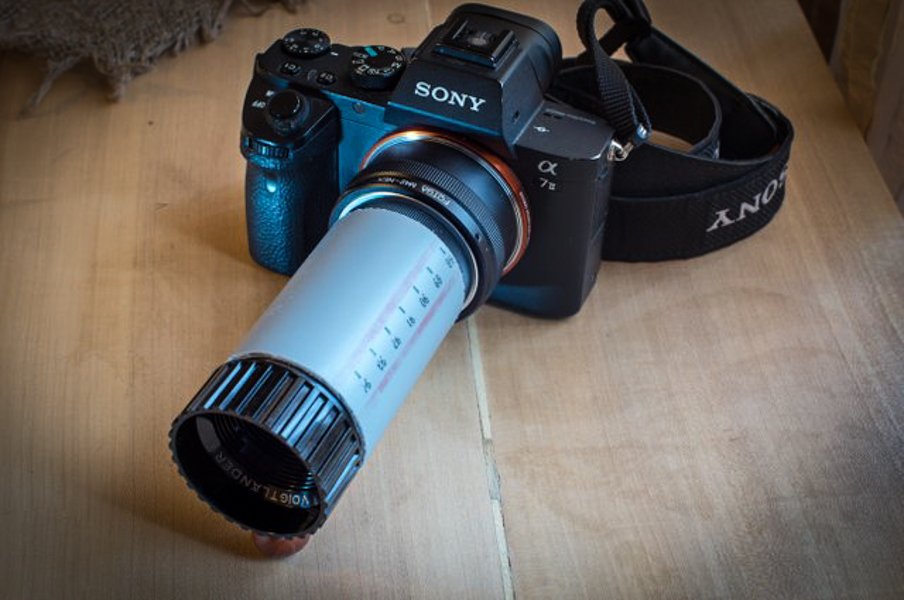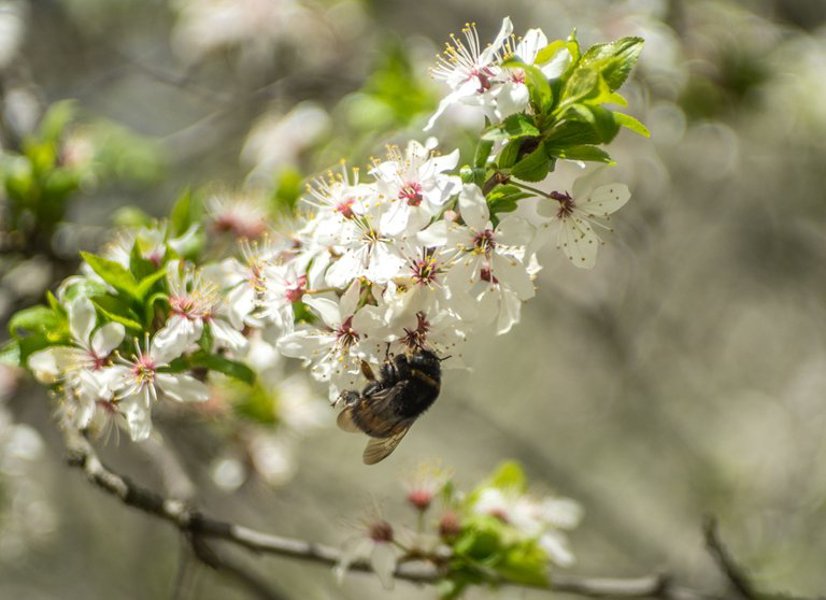I continue to share my humble photography experience as part of the WORLD OF XPILAR Community Newbie Support Program. Photography starts with a camera to some extent. Although it all starts with the intention of the person.
For me, there are two types of people who are involved in photography.
The first category (probably the most numerous) people with mobile phone in hand. They take a photo of what they see (many see only themselves and constantly take selfies ... a joke). To some extent, this can be attributed to reportage photography. In this case, the photo is often taken without much thought. "As it is". There are enough people like that with a real camera in their hands. It's easy, fun, why not. But this does not apply to creativity.
Another category is people who want to show something through photography. Maybe convey a mood, some emotions. Can reveal the beauty of a place or moment. These people have an idea before photographing, they have a goal that they strive to achieve. At the same time, they can shoot both with a smartphone, as well as with a special camera. The approach itself is important here.
I respect everyone's choice equally. This is his desire, decision and opportunities. But at the same time, creative people are more attractive to me.


homemade lens and result
Today I will share some of my thoughts on how to take beautiful photographs. My last sentence contains a small mine. If you thought I was going to tell you the name of the camera or lens that takes great pictures ... you are wrong.
Neither the camera nor the lens takes amazing photos; they are taken by the head and hands of the photographer. I have already said somewhere that a creative person is able to take a good photo using a beer can with a hole, and a piece of film placed in this can. Yes, it's a pinhole.


other homemade lens and result
Still, a few words about cameras and lenses. Oddly enough, the question "what to buy" is one of the most difficult. The choice is too great and there is too much information. At the same time, there is actually little useful information. Everyone wants to sell, this is their desired result. But if you search the Internet for different reviews and reports with reviews, then some kind of picture in your head develops.
So, if you have not tried to shoot with a camera yet, then buy the cheapest one on the secondary market. Just try to figure out if you need a camera at all.
For me, the camera differs from a smartphone only in the presence of a manual settings mode. If you buy an expensive camera, but intend to use the built-in shooting programs ... this is almost the same as the capabilities of a modern smartphone. Some even have a semblance of manual settings.
By purchasing a cheap camera and practicing different shooting modes, you will understand what you want from the camera in the first place. Determine which lens you need for your creative needs.
If you are ready to invest in a camera, and you already know for yourself that you will use manual settings and RAW file format, then I advise you to pay attention to mirrorless cameras with interchangeable lenses.
My first conscious purchase of a camera was a SONY A57 DSLR. For a long time I thought that this is an excellent device and I don't need another one. This is a really great camera, but once I had the opportunity to buy a full-frame camera from the same company ... now my first camera is with my son and apparently will not return to me.
But I got carried away with my personal history. Get to the point. What is important to have a camera to make your creative photography life easier.
- Ability to shoot in RAW mode. This mode saves as much as possible all the information that has flown through the lens to your matrix. This greatly expands the possibilities of further photo processing.
- The presence of the Live View mode in your camera will allow you to see in the viewfinder exactly what gets to the matrix and in what form it gets there. You don't need to calculate the setting values. You will see them in real time. You will immediately see the result of pressing the shutter button. This is very convenient, especially when there is a shortage of time.
*The ability to change the lens. Different conditions require different lenses. There are almost universal ones, but at the expense of a compromise with photo quality. Or their price is prohibitive. I'll make a separate post about lenses. This is a very interesting topic.

If all of this is in your camera, then you have a great camera. By and large, it doesn't matter what brand your camera will be if you are an aspiring photographer. This is then, with a lot of practical experience, an understanding of subtle nuances and differences will come to you, and you will have certain preferences.
So for a start, you can buy an inexpensive aftermarket camera. The way there will be no interchangeable lens, RAW format and Live View, but let there be manual settings for shutter speed, aperture, white balance and ISO. You need practice, a lot of practice. Shoot exclusively in manual mode.
Without changing the location and subject, take several photos with different settings and compare the results. Soon you will begin to understand your camera and all the principles of photography. You will understand what you are missing in this camera or with this lens. That's when you make an informed purchase. You will not be advertising-oriented, you will be based on your experience and your requests.

| ▽ | ▽ |
|---|---|
| Camera | Sony A7М2 |
| Lens | Helios-40-2 |
| Location | Russia |
| Post production | in LR |
Manual processing in Lightroom
From Russia with Love

Regards, @bambuka
